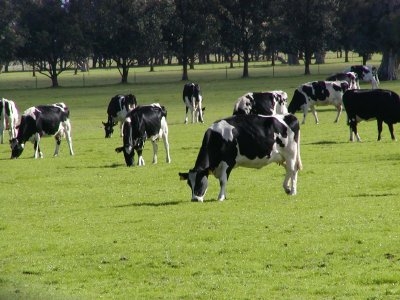
Frosts are now appearing in the lead up to winter, and as soil temperatures lower, so do pasture growth rates.
Rotation lengths have been adjusted to align with dry off, as pastures are set for the winter spell, and prepared to be at maximum volume and quality at calving.
Some North Island regions report the winter has started earlier than previous years and time is running out to meet cover and BCS targets especially those that calve earlier.
Supplements are being extensively used to extend rotations and allow pastures to rebuild for pre calving covers.
Dairy advisers are also suggesting a end of season review with all the farm team, is often helpful in identifying the strengths and weaknesses of the business, and ensuring mistakes are not recurring year by year.
Milk flows are a record for March and with this lift coinciding with better commodity prices, this season is finishing well for dairy.
A lift this fortnight for Oceania whole milk powders and cheese prices, but skim milk powder and butter eased, although the falling currency masked most of this drop.
The auction overnight returned increased prices for the 5th event in a row and sets up next years prospects ahead of the present returns.
All the bank analysts are predicting milk forecasts better than last year, and all eyes will be on Fonterra's announcement next week that will confirm this years returns, and forecast the next period.
Fonterra’s CEO believes shareholders are now “in a much happier place” and they report their Australian operation is back in profit, and forecasting to pay $5.70-$6.10 kgms in the 2017/18 season.
This includes a 40c payment to recompense some Aussie suppliers for last year’s claw back (costing of $60 million), as Murray Goulburn’s demise continues to hurt their dairy sector.
Statistics NZ report some regions cow numbers have fallen last year, as managers adjusted their stocking rate downwards looking for cost efficiencies.
There has been only a minimal rise in dairy workers wages in keeping with the tight financial climate for dairy, but hours worked has reduced, showing a pleasing effort by owners managing farm rosters.
We welcome your comments below. If you are not already registered, please register to comment.
Remember we welcome robust, respectful and insightful debate. We don't welcome abusive or defamatory comments and will de-register those repeatedly making such comments. Our current comment policy is here.